
Ever wondered which flick holds the title of the oldest Indian film? Yep, it's none other than the legendary 'Raja Harishchandra,' which hit the screens way back in 1913. This wasn’t your typical blockbuster; it was a silent movie, crafted at a time when films didn’t have soundtracks or voiceovers. Pretty wild, right?
The genius behind it was Dadasaheb Phalke, often hailed as the father of Indian cinema. Imagine a guy with a camera, loads of passion, and a vision grand enough to birth an entire industry. That was Phalke for you. 'Raja Harishchandra' was his dream project and wasn’t just a film but an entire experiment that changed how stories were told in India.
Taking inspiration from mythology, it brought tales of ancient Indian kings to life, paving the way for a movie culture that's now bursting with colors, emotions, and drama. Stay tuned to find out how this film managed to dodge the odds and set the stage for what we now know as Bollywood.
- The Birth of Indian Cinema
- Meet Dadasaheb Phalke
- The Making of Raja Harishchandra
- Challenges in Filmmaking Back Then
- Cultural Impact of Early Indian Films
- A Legacy That Shaped Bollywood
The Birth of Indian Cinema
So, let's talk about where it all began for Indian cinema. The history is quite fascinating. Back in the early 1900s, folks in India were just starting to get a taste of the moving pictures that were all the rage in the West. These were mostly silent movies brought over from Europe and America. Imagine watching something for the first time that seemed almost magical—a scene that flickered and came to life!
The real game-changer happened in 1913 with the release of 'Raja Harishchandra.' This film was the brainchild of Dadasaheb Phalke, who was inspired after watching 'The Life of Christ.' Phalke wanted to create something uniquely Indian that told stories resonating with the local audience. And boy, did he succeed!
With no actual film industry to rely on back then, Phalke became a one-man army. He handled the direction, production, and even the special effects of this iconic silent film. He faced hurdles like sourcing equipment and convincing local actors who were mostly too shy to perform on screen. In 'Raja Harishchandra,' women’s roles were even played by men because women weren’t comfortable acting at that time. Crazy, isn't it?
The film was a mythological epic, which effortlessly captured the imagination of its audience. Although it lacked sound, the visuals and expressions did all the talking—audiences were hooked! This marked the birth of what would evolve into a vast and colorful film industry, producing a wide range of movies from heart-wrenching dramas to foot-tapping musicals.
By the 1920s, dozens of films came out every year, and cinema theatres started popping up across India. That was the beginning of a pop culture revolution! Today, classic Indian films remain an essential part of not just India's history but the world's pop culture timeline.
Meet Dadasaheb Phalke
Talking about classic Indian films without mentioning Dadasaheb Phalke is like talking about hamburgers without mentioning the bun. He’s that essential. Born in 1870, in what was then the Bombay Presidency, Phalke wasn't always in film. Actually, he started as an art student and even worked as a photographer. The guy had his fingers in many pies!
His journey into the world of Indian cinema history began after a fateful screening of 'The Life of Christ' in 1910. Inspired, he thought, why not showcase Indian culture through films? But there was a hitch—there were no Indian films at the time. So, he decided to make one.
Phalke's fascination with movies didn’t stop there. He went all the way to London to learn filmmaking techniques. Equipped with a borrowed camera and a load of determination, he started his cinematic adventure. And let’s be real, making a film in those days was no cakewalk. Everything had to be crafted from scratch—the script, costumes, set designs, and even the camera mechanics.
As if that wasn’t enough, Phalke faced the challenge of finding actors. Believe it or not, men played female roles because women weren’t too keen on acting at that time! This was particularly true for 'Raja Harishchandra,' the oldest Indian film which was his magnum opus.
The film was a massive success, and Phalke was celebrated as a pioneer, laying the groundwork for what would become the vibrant Bollywood industry we know today. He directed nearly 100 films in his lifetime, leaving an indelible mark that helped shape Indian storytelling through cinema.
The Making of Raja Harishchandra
So, let's roll back to a time when making a film was like trying to climb Everest without proper gear. Raja Harishchandra wasn't just India's first attempt at filmmaking; it was a daring adventure led by Dadasaheb Phalke, a man with sheer determination, creativity, and a knack for storytelling.
The journey began in 1912 when Phalke, inspired by a foreign film on Christ's life, decided that India needed its own cinematic tales. With limited resources, he transformed his idea into reality. Can you imagine setting up scenes without modern equipment? Phalke didn't have big studios or fancy gadgets. Instead, he built everything from scratch, convincing friends and family to partake in what seemed like a whimsical endeavor.
"Phalke was a magician on screen; he made the impossible possible." – Historian Baburao Patel
Finding actors was another uphill battle. In those days, acting wasn't a glorified job; it was, believe it or not, seen as a bit shameful. Getting men to play women’s roles was the norm since women were hesitant to perform publicly. All this effort resulted in a 50-minute silent black-and-white film that tested boundaries and creativity. Phalke used hand-painted sets and innovative lighting to bring this Indian cinema history gem to life.
Despite the challenges, Phalke's passion paid off. 'Raja Harishchandra' premiered on May 3, 1913, at Bombay's Coronation Cinema, marking the dawn of the Indian film industry. People were intrigued and excited - India finally had its first indigenous movie. Phalke showed that with heart and vision, you could achieve anything, setting a course for the future of Indian films.
| Aspect | Detail |
|---|---|
| Year of Release | 1913 |
| Director | Dadasaheb Phalke |
| Film Type | Silent, Black-and-White |
| Duration | 50 minutes |
All in all, this wasn't just about creating a classic Indian film; it was about setting a legacy in motion. From humble beginnings sprouted an industry that today stands as one of the world's biggest. And Phalke’s groundbreaking work laid the bedrock of it all.
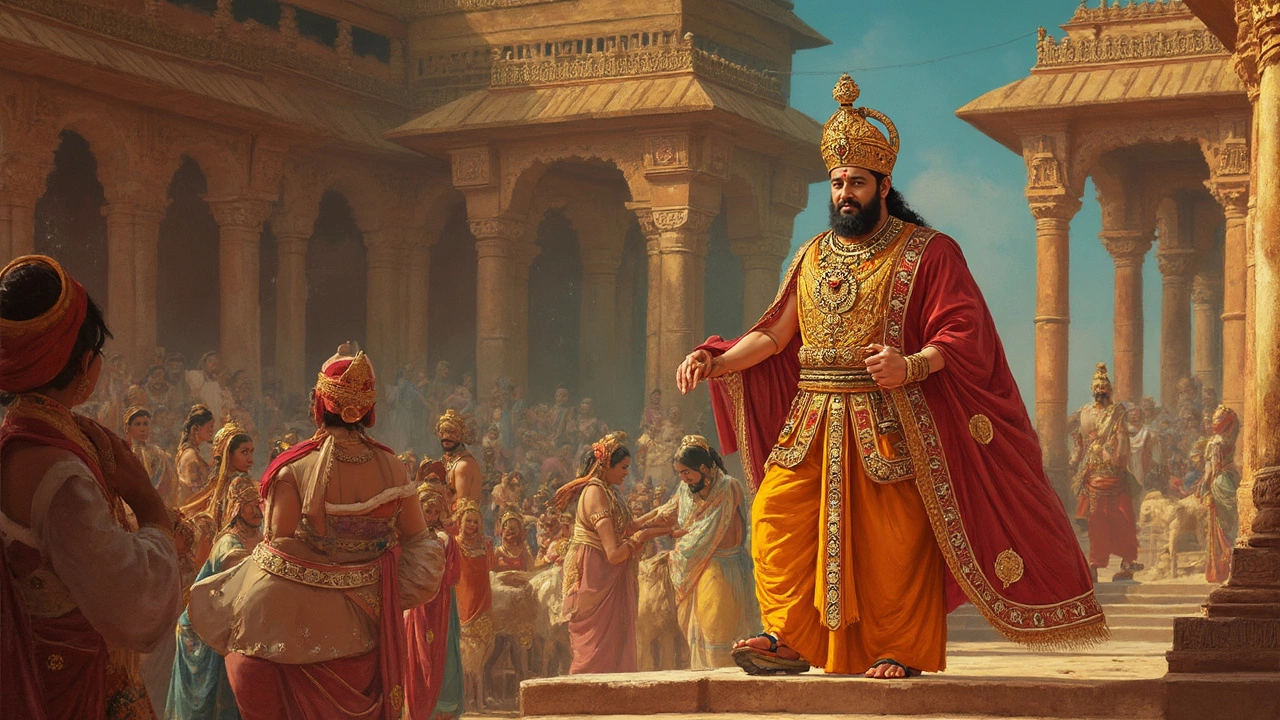
Challenges in Filmmaking Back Then
Jumping into filmmaking in the early 1900s wasn’t exactly a walk in the park. For starters, technology was a major hurdle. Unlike the digital cameras we have today, filmmakers back in the day used bulky, hand-cranked cameras that were hard to handle and required a lot of patience.
One of the biggest battles was working with silent films. Without the luxury of audio tracks, filmmakers had to rely heavily on visual storytelling techniques, expressive body language, and subtitles known as intertitles to convey the story. It was all about capturing the drama and emotion through visuals alone.
Another biggie was the lack of infrastructure. There were barely any studios or professional equipment. Filmmakers often converted small rooms into makeshift studios, which weren’t ideal for shooting due to poor lighting and space constraints.
- Lighting: With no fancy studio lights, natural light was the go-to source, which meant working around the sun's schedule.
- Actor Availability: With acting seen as a low-status job, finding actors was tough. Fun fact: In 'Raja Harishchandra', Phalke had to cast men in female roles!
- Film Stock: Imported and priced steeply, it was a constant grit to get enough film reels. Mess up a take and that was money down the drain.
Now, imagine editing these films! They didn't have editing software like today. Instead, it was all manual – cutting and splicing film strips by hand, which was super time-consuming.
Even with all this, the dedication of pioneering filmmakers like Dadasaheb Phalke laid the groundwork for what would become the robust Indian film industry. These challenges might sound daunting, but they were the stepping stones for a thriving future of Indian cinema history.
Cultural Impact of Early Indian Films
So, let's talk about how early Indian films, like 'Raja Harishchandra,' shook things up culturally. During its release, the movie was a real game-changer. It planted the seeds for a vibrant film industry and showed everyone that films could be an exciting medium to narrate Indian stories and mythologies.
Before movies came along, people mainly relied on folklore, theater, and traditional storytelling to capture their imaginations. With the oldest Indian film, a whole new way to experience stories was born. Phalke’s adaptation of mythological themes resonated deeply with the audience as it connected them with their cultural roots in a fresh and engaging way.
"Phalke’s idea of using cinema as a means to retell Indian mythology was revolutionary," remarked film historian Suresh Chabria. "It bridged the traditional and modern, creating a new cultural identity."
The ripple effect didn’t stop there. As the idea of filmmaking grew popular, it wasn't long before movies started addressing social issues like poverty and gender roles. The screen quickly became a mirror reflecting society, sparking conversations and inspiring change.
- Women Power: At its core, Indian cinema challenged ordinary norms. Over time, we saw women not just in front of the camera but behind it, stepping into roles as directors, producers, and writers.
- Language of Unity: Films began transcending linguistic and regional backgrounds, bringing folks from different parts of India together, a trend that Bollywood continues today.
And just like that, the early classics set the precedent for India's film industry to grow into one of the largest in the world. It all started with audacious dreams and cultural stories captured on silent film reels. This was merely the beginning of what would become a colorful and dynamic journey for Indian cinema.
A Legacy That Shaped Bollywood
It's pretty crazy to think how a silent film from the early 1900s could spark a whole cinematic movement, but that's what 'Raja Harishchandra' did. Back in the day, India's film industry was a blank canvas, but this movie laid down the first strokes that would become the vibrant tapestry of Bollywood we see today.
This groundbreaking movie wasn't just the start of Indian cinema—it was a template for incorporating cultural and historical themes into storytelling. And here's where it gets cool: Phalke's blending of mythological elements set a standard that many directors still chase today. From dramatic tales to epic sagas, he started a domino effect.
"Phalke's imaginative vision and perseverance not only built an industry but also inspired generations of filmmakers," noted film historian B.D. Garga.
The impact of Phalke's work wasn't just about the stories they told; they also helped shape the technical aspects of filmmaking. Techniques used in classic Indian films trace their roots back to these early days. Innovations in cinematography and storytelling were kickstarted by Phalke and his team.
Today, the influence of the oldest Indian film is everywhere. Just think of how many Bollywood films draw from mythology and history to create engaging narratives. That's a direct nod to 'Raja Harishchandra's' breakthrough formula.
| Aspect | Impact |
|---|---|
| Storytelling | Inspired use of mythology and epic tales |
| Cinematography | Early technical innovations that shaped Bollywood techniques |
| Cultural Influence | Emphasized Indian themes that resonated with audiences |
The movie also left a legacy for aspiring filmmakers who continue to be inspired by Phalke's creativity and determination. So next time you watch a blockbuster filled with dance, drama, and epic storylines, remember that it all traces back to a guy with big dreams and an even bigger camera in 1913!

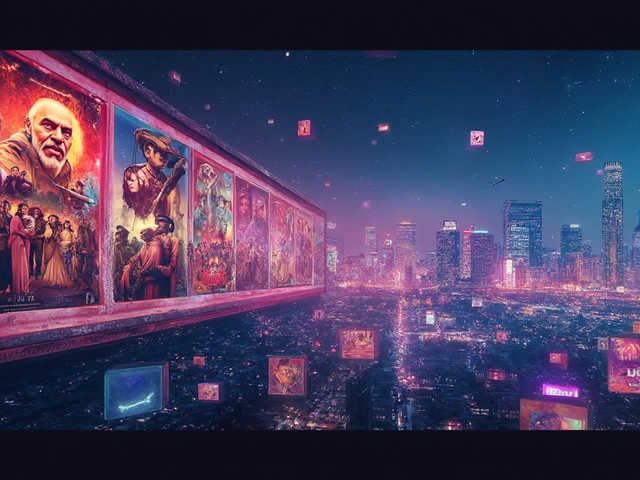
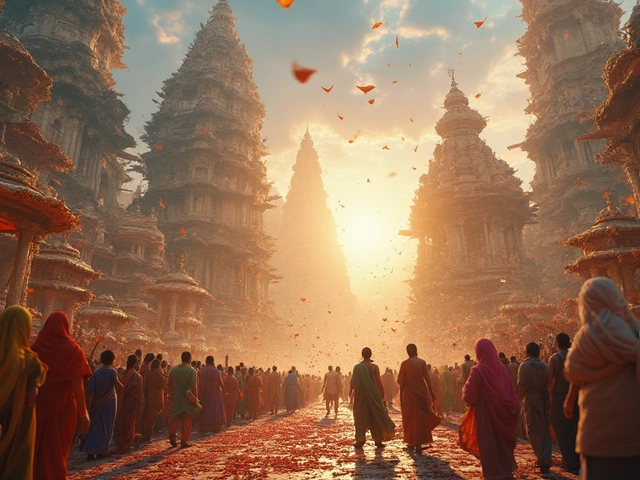
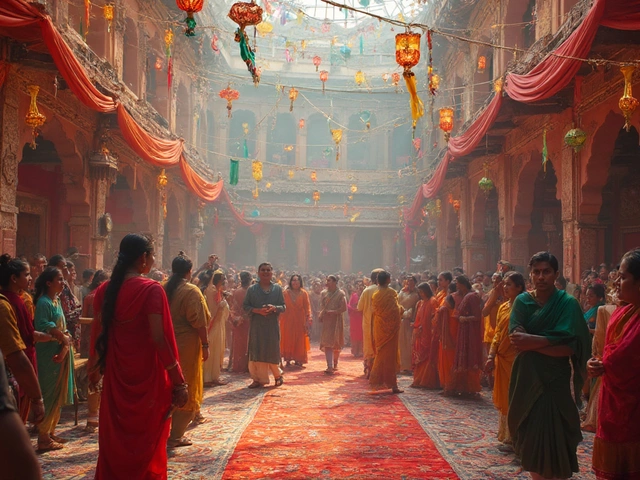
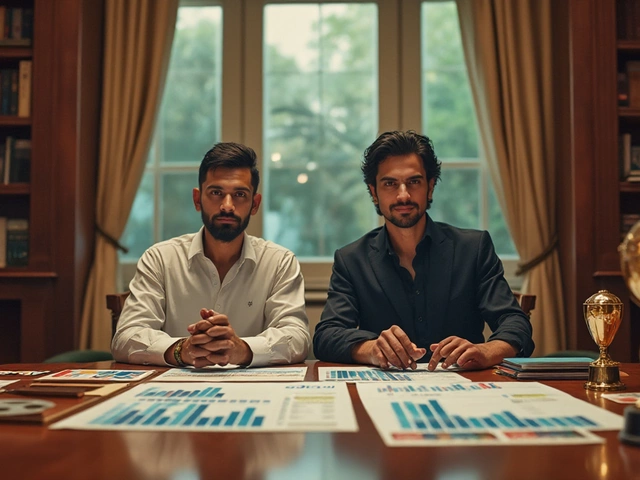
Write a comment